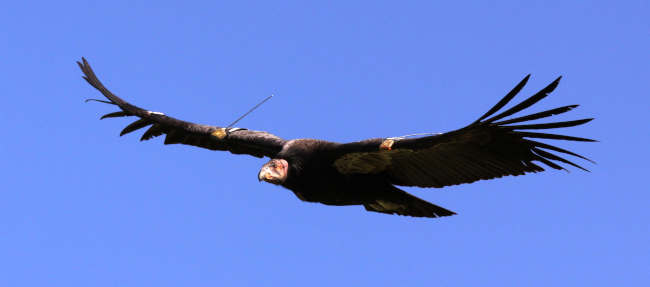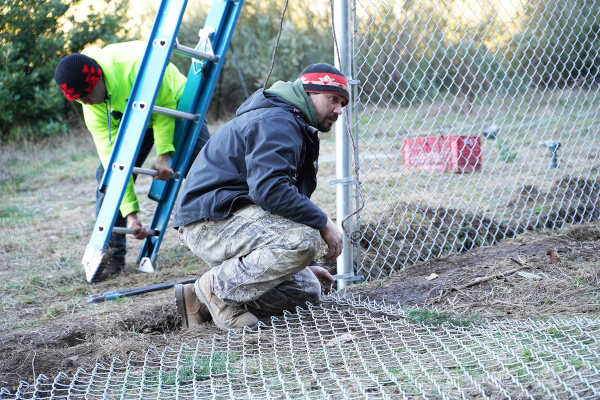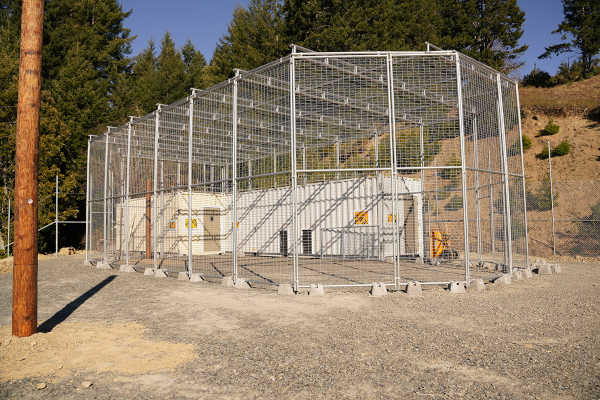A bill to prohibit the use of the word “squaw” for geographic features and place names in California by Jan. 1, 2024, has been introduced by Assembly members James C. Ramos (D-Highland), the first California Native American elected to the state legislature and Cristina Garcia (D-Bell Gardens), chair of the California Legislative Women’s Caucus.
“AB 2022 would ban the use of the S-word and establish a process for renaming locations with that offensive racial and sexist term which began as derogatory word used against Native American women. It is an idiom that came into use during the westward expansion of America, and it is not a tribal word. For decades, Native Americans have argued against the designation’s use because behind that expression is the disparagement of Native women that contributes to the crisis of missing and murdered people in our community,” Ramos stated.
Ramos added that more than 100 places in California contain the S-word.
The United States Department of the Interior has ordered the term “erased from the National landscape and forever replaced” on the almost 700 sites using the name on federal lands. Montana, Oregon, Maine and Minnesota have already banned the word’s use.
“The sad reality is that this term has been used for generations and normalized, even though it is a misogynistic and racist term rooted in the oppression and belittling of Indigenous women. AB 2022 begins to correct an ugly and painful part of our history by removing it from California’s landmarks; it’s the least we can do to help our indigenous women heal,” Garcia said.
AB 2022 defines a geographic feature as any location or publicly owned structure in the state such as navigable water, parks, local roads, bridges and publicly owned buildings.
A place is defined in the proposal as a natural geographic feature or street, alley, or other road within the jurisdiction of the state or political subdivision of the state.
State and local government bodies shall identify geographic features and place names within their jurisdictions and report those locations or features to the California Advisory Committee on Geographic Names.
The committee would be charged with working with those bodies and the Native American Heritage Commission to recommend replacement names.
AB 2022 is sponsored by the American Civil Liberties Union CA.
“AB 2022 would ban the use of the S-word and establish a process for renaming locations with that offensive racial and sexist term which began as derogatory word used against Native American women. It is an idiom that came into use during the westward expansion of America, and it is not a tribal word. For decades, Native Americans have argued against the designation’s use because behind that expression is the disparagement of Native women that contributes to the crisis of missing and murdered people in our community,” Ramos stated.
Ramos added that more than 100 places in California contain the S-word.
The United States Department of the Interior has ordered the term “erased from the National landscape and forever replaced” on the almost 700 sites using the name on federal lands. Montana, Oregon, Maine and Minnesota have already banned the word’s use.
“The sad reality is that this term has been used for generations and normalized, even though it is a misogynistic and racist term rooted in the oppression and belittling of Indigenous women. AB 2022 begins to correct an ugly and painful part of our history by removing it from California’s landmarks; it’s the least we can do to help our indigenous women heal,” Garcia said.
AB 2022 defines a geographic feature as any location or publicly owned structure in the state such as navigable water, parks, local roads, bridges and publicly owned buildings.
A place is defined in the proposal as a natural geographic feature or street, alley, or other road within the jurisdiction of the state or political subdivision of the state.
State and local government bodies shall identify geographic features and place names within their jurisdictions and report those locations or features to the California Advisory Committee on Geographic Names.
The committee would be charged with working with those bodies and the Native American Heritage Commission to recommend replacement names.
AB 2022 is sponsored by the American Civil Liberties Union CA.

 How to resolve AdBlock issue?
How to resolve AdBlock issue? 







